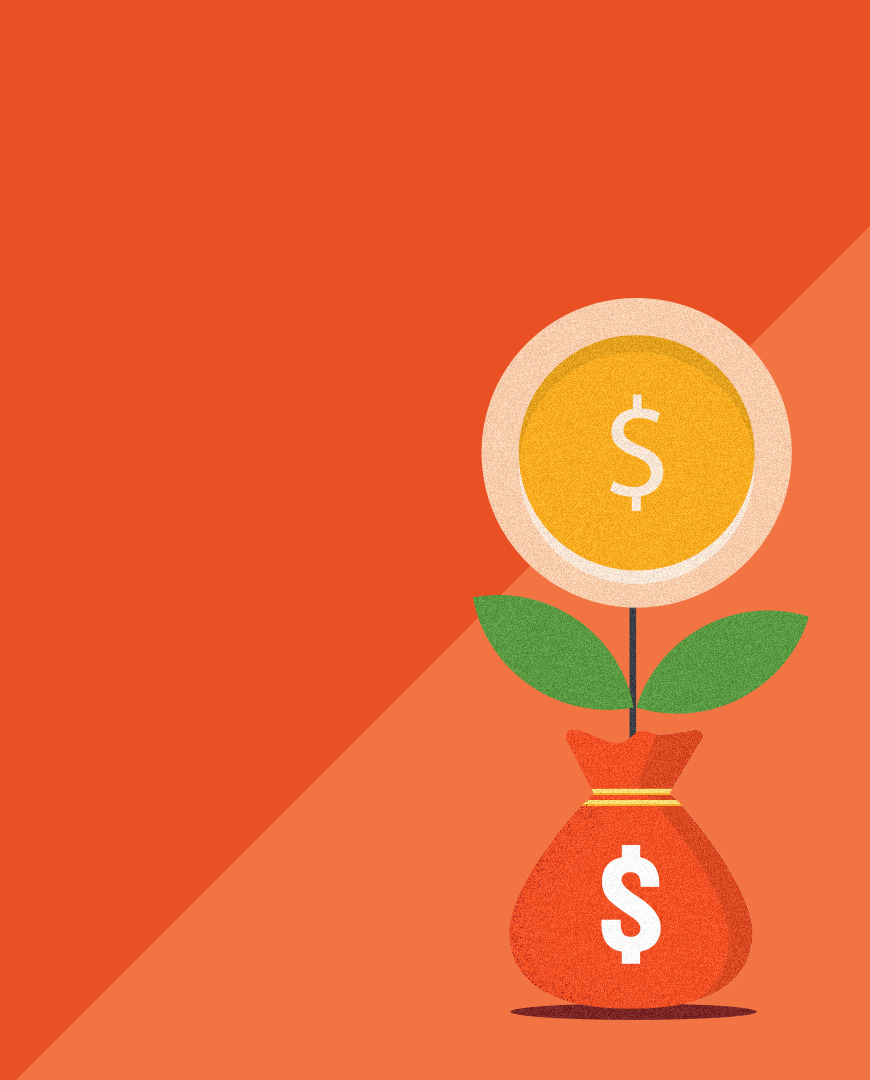Want to read it later?
Send this lesson to your inbox
Lesson 8 transcript
As we come to the end of the ETF course, here are our top 10 takeaways.
1. Whatever your investment strategy or experience level, ETFs can be a convenient, low-cost way to build an investment portfolio.
2. An ETF operates like a wrapper around multiple assets – whether they’re shares, bonds or commodities – giving you exposure to the performance of multiple investments in one trade.
3. When you buy or sell an ETF, you’re buying and selling an ETF ‘unit’, and these trade on the stock exchange during market hours.
4. There are many kinds of ETFs – you can use them to gain exposure to growth, income, or defensive investments, or for tactical exposure to specific assets, regions, or themes.
5. ETFs are generally low cost – allowing you to buy and sell various assets in fewer trades than if you were buying and selling individual shares.
6. ETFs offer many potential benefits:
- They remove the need to pick individual shares or investments
- They can offer instant diversification
- ETFs are bought and sold on an exchange – just like shares
- They are generally lower cost than traditional actively managed funds
- They can offer access to international and other hard-to-reach markets.
7. Units in ETFs are virtually unlimited in supply. This ensures that they typically trade in line with the value of their underlying holdings, and that they remain liquid – meaning, you can buy and sell when you need to.
8. It’s generally best to place trades for ETF units when share markets are settled – that’s usually any time between 10 minutes after the market opens to 10 minutes before it closes.
9. When it comes to choosing and comparing ETFs, it can help to follow this five-step process:
- First, consider your investment strategy
- Then choose your assets based on your strategy
- Try to understand the workings of the ETF you’re interested in, the index it aims to track and the risks involved
- Look out for ETF overlap to help ensure your overall portfolio is diversified
- Finally, understand any fees involved with your fund, as the fees you pay can affect your returns over time.
10. Most ETFs are designed to be held over the long term – ideally as diversified, cost-efficient building blocks for an investment portfolio. It can help to consider these two strategies – strategic asset allocation and core/satellite.
You've completed Betashares explains: ETFs
Continue your journey and learn more about investing.







